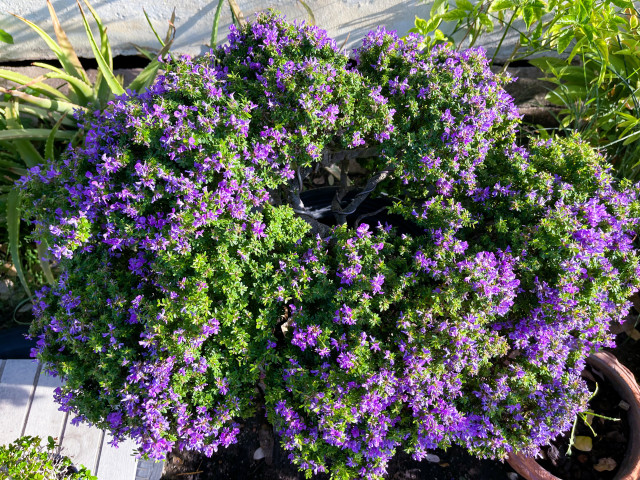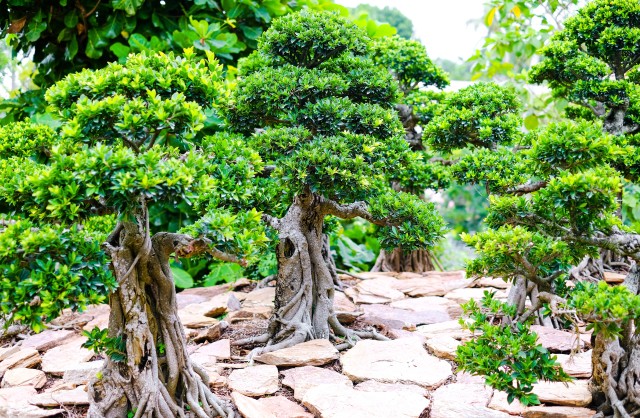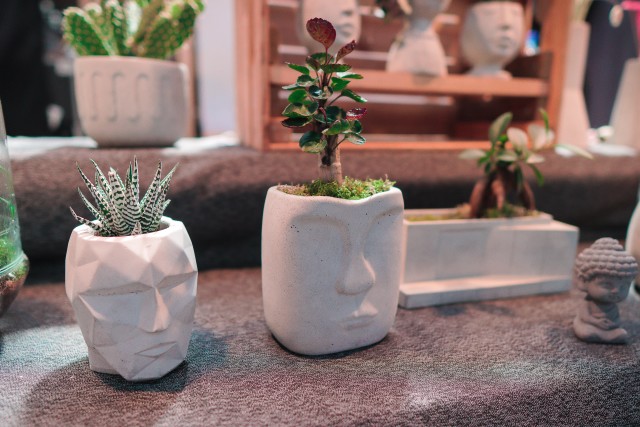Expand An Indoor Bonsai
Expand An Indoor Bonsai for Interior bonsai has actually been explained in different methods. Some define indoor bonsai as a plant grown inside your house, a plant grown in a greenhouse, or a plant expanded outdoors but brought interior throughout winter months. Some experts on the subject also deny the presence of true interior bonsai as they reason that bonsais, whether grown exterior or interior will certainly always follow its hereditary structure – that is to have enough resource of light in order to survive. Whatever the summary is, expanding bonsai indoors needs special abilities as well as expertise.
When growing bonsai inside, the issue most farmers run into is the provision of a sufficient amount of light. Indoor bonsai plants need to be positioned in a well-lighted area like the home windows. The nearer the indoor bonsai is from the window, the better the growth of the plant. When a bonsai is put at the window, rotating the bonsai is a must. As the bonsai ages, its branches and leaves tend to tilt towards the sunlight. Rotating the pot will enable all the parts of the bonsai to receive the amount of light needed.
In the absence of natural light, artificial lighting can be employed provided the correct lamp or bulb is used. The common household lamps or bulbs do not emit the right amount of energy in order for the plant to undergo the process of photosynthesis. Without proper lighting, the bonsai plant becomes pale, long, and limp. Expert advice on the appropriate lamp to use is needed when planning to employ the artificial lighting method.
Plants from tropical regions thrive well as indoor bonsais. Some of them are conifers, flower-bearing, fruit-bearing, and/or left plants from the tropical or subtropical regions. The following are some of the plants that can be grown indoors.
1. Atlas Cedar
2. Australian Brush Cherry
3. Bougainvillea
4. Boxwood
5. Buddhist Pine
6. Bunya-bunya
7. Calamondin Orange
8. Camellia
9. Cedar of Lebanon
10. Chinese Bird Plum
11. Chinese Elm
12. Chinese Hibiscus
13. Chinese Pepper Tree
14. Common Olive
15. Dwarf Myrtle
16. Dwarf pomegranate
17. English/Common Ivy
18. Firethorn
19. Fukien Tea
20. Gardenia
21. Heavenly/Sacred bamboo
22. Hedge Sageretia
23. Himalayan Cedar
24. Indian Laurel
25. Italian Cypress
26. Japanese Cedar
27. Japanese/Chinese Privet
28. Lady’s Eardrops
29. Natal Plum
30. Norfolk Island Pine
31. Orange/Star Jasmine
32. Redwood
33. Rockspray Cotoneaster
34. Rosemary
35. Round Kumquat
36. Satsuki Azalea
37. Thorny Eleagnus
38. Tree of a Thousand Stars
39. Weeping Fig
Fruit-bearing plants developed as indoor bonsais bear fruit when given special care. Fig trees although they can be grown as indoor bonsai need more sunlight than what is available indoors. Conifer trees are harder to manage than the other varieties. When a grower plans to cultivate fruit-bearing bonsai, special care must be given so that the plant will bear flowers and fruits.

Indoor bonsai trees can indeed bear fruit, though the process and results differ from traditional fruit trees. Here’s an overview of the key points regarding growing fruit-bearing bonsai indoors.
Types of Indoor Bonsai Fruit Trees
Several species are well-suited for indoor bonsai cultivation and can produce fruit:
Citrus Trees: Meyer lemons and calamondin oranges are popular choices for indoor bonsai. They can produce full-sized fruits and often bear fruit year-round.
Cherry Trees: Certain varieties, like the ‘Bright n Tight’ cherry, can yield edible fruit and are aesthetically pleasing.
Crabapples: These trees not only provide beautiful flowers but also produce small, edible fruits.
Other Options: Trees such as key limes, quince, and blueberries can also be cultivated as bonsai and bear fruit, although they may require specific care and conditions to thrive indoors.
Growing Conditions
For indoor bonsai fruit trees to thrive and produce fruit, they require:
Bright Light: Position the bonsai in the brightest window available, ideally supplemented with grow lights for 12 to 16 hours a day if natural light is insufficient.
Humidity: Indoor environments can be dry, so maintaining humidity is crucial. This can be achieved by placing the bonsai on a humidity tray filled with pebbles and water or by regular misting.
Care Requirements

Watering and Fertilizing: Regular watering is essential, but care must be taken to avoid overwatering. Fertilizing during the growing season supports fruit development.
Pruning and Training: Bonsai trees require regular pruning to maintain their shape and health. This includes trimming roots and branches to encourage a balanced growth pattern.
Patience: It typically takes about 5 years for a bonsai fruit tree to mature enough to bear fruit. The yield is usually small, with a mature bonsai producing only a few full-sized fruits.
A common misconception about indoor bonsai is that it must be kept inside the house or under the shade starting from the early stage of cultivation until the bonsai reaches its potential growth. Another misconception is that bonsai grown indoors should not be subjected to direct sunlight. Only those who have taken extra effort to find out more about growing bonsai know that bonsai, whether indoor or outdoor must have an excellent source of sunlight, humidity, fertilizer, and moisture content. Too much supply of anything can bring damage to the bonsai. So, anyone who plans to grow indoor bonsai must study the specific needs of that particular plant or tree.
